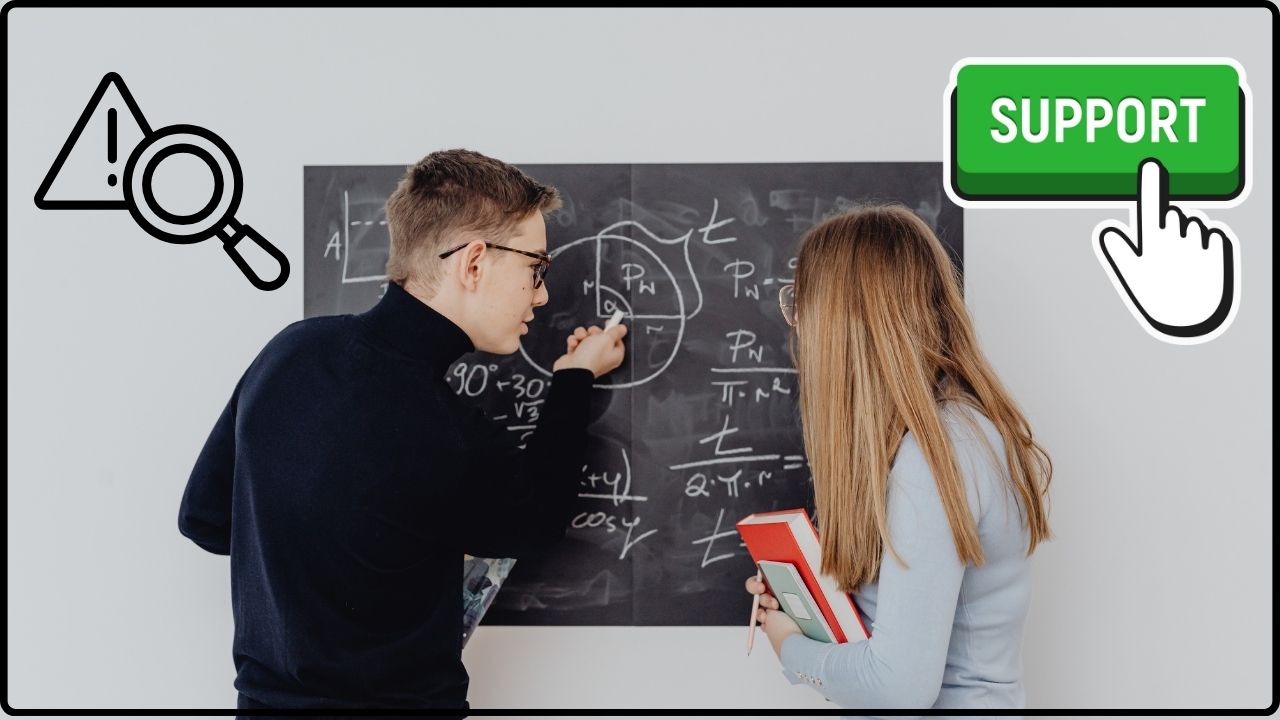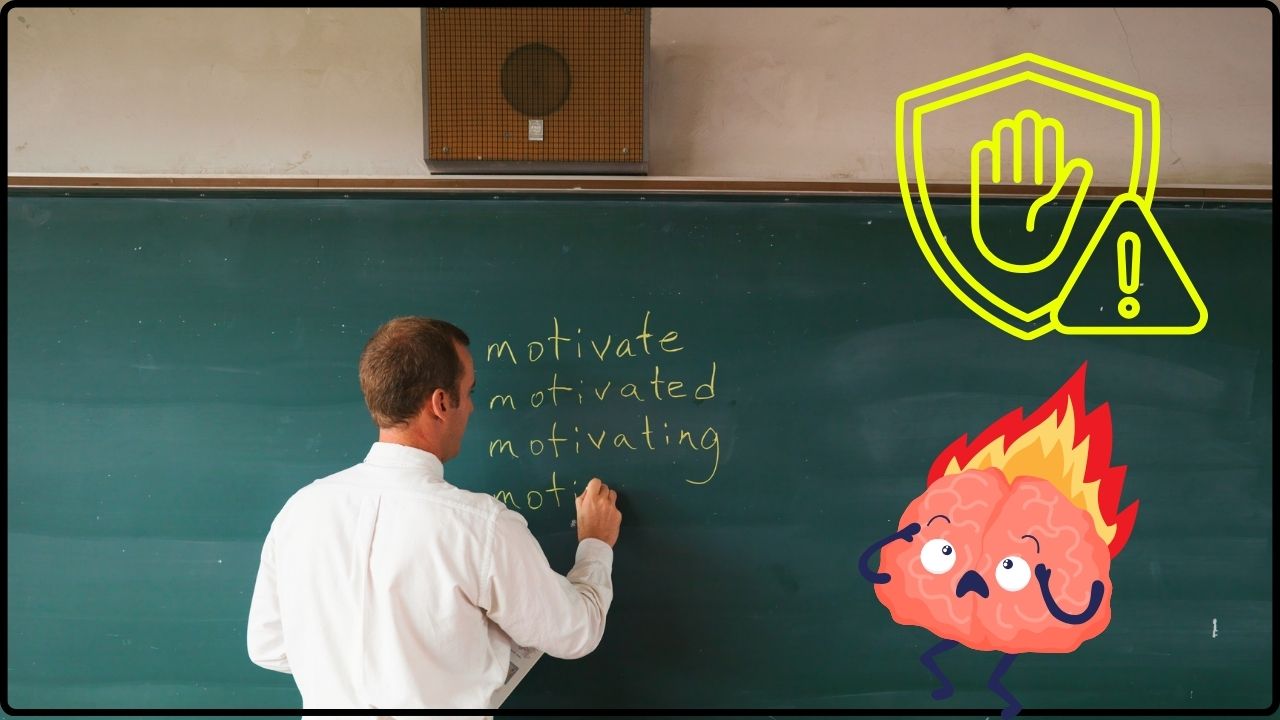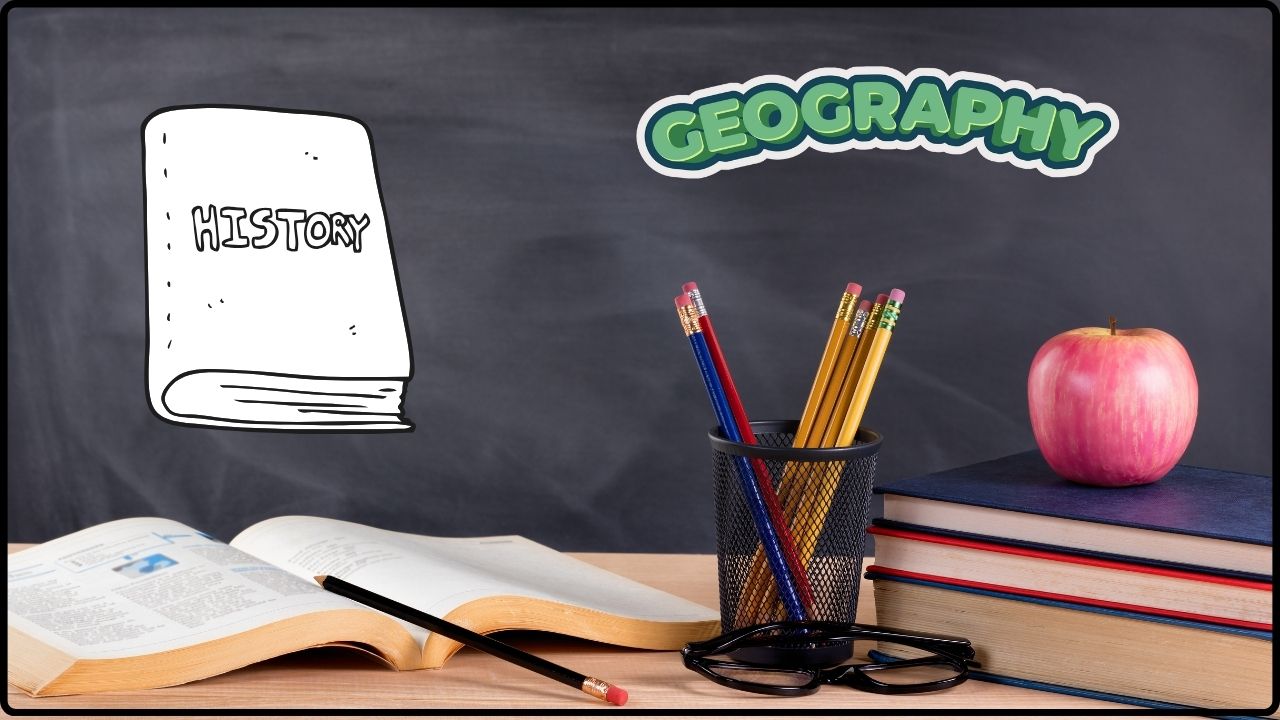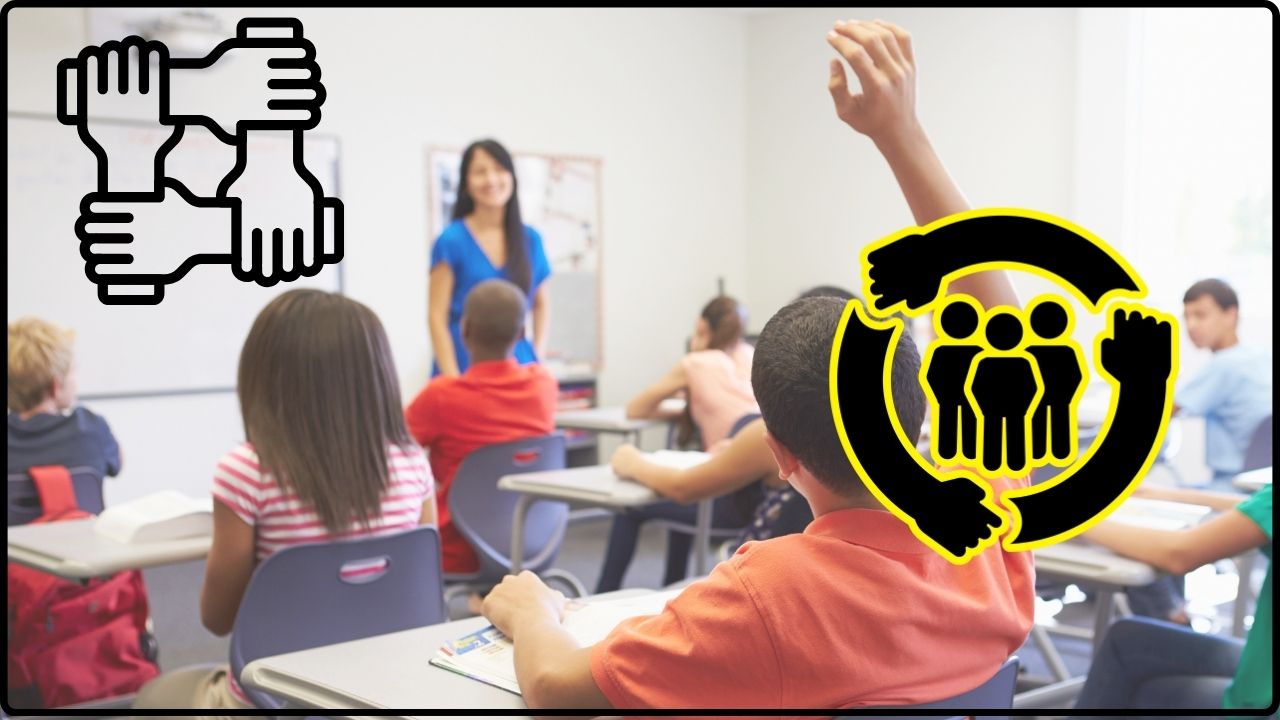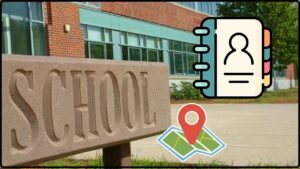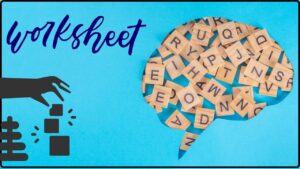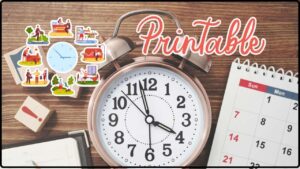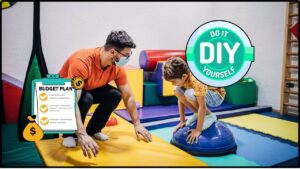Inclusive Physical Education: Games and Adaptations for Mixed-Ability Groups are transforming gyms and playing fields across the U.S. From urban schools to reservation communities and summer camps, the mission is the same: every kid, no matter their physical or cognitive abilities, deserves a fair shot to join the game. Federal laws back this up, state policies are catching on, and innovative teachers are mixing sport, culture, and technology to create dynamic, inclusive PE experiences that build health, confidence, and friendships.
Table of Contents
Inclusive Physical Education
Inclusive Physical Education: Games and Adaptations for Mixed-Ability Groups isn’t just an education mandate—it’s a transformative movement reshaping how millions of U.S. students play, learn, and grow. Powered by technology, driven by strong policy, and elevated by student voices, inclusive PE develops physical health, social skills, and lifelong confidence. For educators and communities, investing in these adaptive, collaborative models means opening every student’s door to a future of physical activity, friendship, and wellness. Whether you’re a teacher eager to learn, an administrator looking to update programs, or a parent advocating for your child, inclusive PE offers a clear path to making gym class a place where all kids shine.
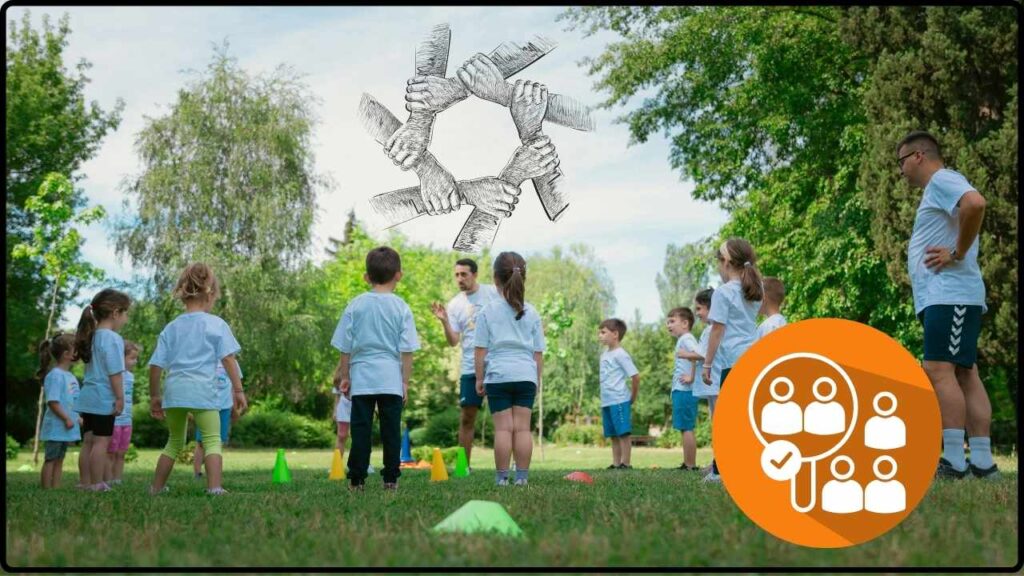
| Point | Summary | Key Data / Stat | Pro Career Info |
|---|---|---|---|
| Laws & policy | Backed by ADA & IDEA | 7.5M U.S. kids in special ed | District PE leads must follow ADA/IDEA |
| Scale | Huge demand for inclusive PE | 15% of public school students | Demand growing for adapted PE professionals |
| Practice | Most districts have policies | 98% include accommodations, 97% mainstream | Gaps remain between policy and practice |
| Benefits | Physical, social, academic | Enhances fitness, teamwork, behavior | Inclusive programs gain leadership recognition |
| Future trends | Tech, gamification, mental health | Wearables, AR/VR, mindfulness | Training in tech and equity key career skills |
| Barriers | Attitudes, resources, spaces | Physical, attitudinal, curriculum issues | Professional development vital |
| Career | Adapted PE, coordinator, consultant | M.S. degrees, certifications rise | Growth in K-12, nonprofits, community |
| Stakeholders | Student, parent, admin voice | Co-design fuels success | Collaboration valued by employers |
What Is Inclusive Physical Education?
At its core, Inclusive PE is about removing barriers so every student in a school can participate in physical activity, regardless of physical abilities, cognitive skills, or medical conditions. Gone are the days when students with disabilities were sidelined or given study hall during PE. Now, rules, equipment, and expectations are adjusted to ensure participation, learning, and fun for all.
Teachers craft lessons that focus on what students can do—rolling, throwing, walking, signaling—rather than on limitations. This isn’t about pity or charity; it’s about equity and respect, supported by strong federal laws like the Americans with Disabilities Act (ADA) and the Individuals with Disabilities Education Act (IDEA).
Why Inclusive Physical Education Matters?
Over 7.5 million public school students in the United States receive special education services, comprising about 15% of total enrollment. Many spend part or most of their school day in general education classrooms, including PE. This means physical educators play a pivotal role in shaping their social interactions, fitness habits, and self-esteem.
Despite nearly all school districts reporting accommodations in physical education plans, there remains a major gap between legislation and real-world practice. Some students are still excluded from PE either through exemptions or informal sidelining, which hinders their physical health and social development.
Future Trends in Inclusive Physical Education
The world of inclusive physical education is evolving with exciting new trends that offer even greater opportunities to engage all students:
- Technology Integration: Wearable fitness trackers, apps, and augmented reality (AR) are making it possible to customize feedback and participation, helping students track progress and stay motivated. Teachers use digital tools to tailor activities and maintain engagement.
- Gamification: Incorporating game mechanics like scoring levels, rewards, and virtual badges is revolutionizing PE with more interactive, meaningful motivation that appeals especially to reluctant or differently-abled students.
- Holistic Health Approach: PE now embraces mental health, mindfulness, and emotional well-being as critical components alongside physical exercise. Meditation breaks, breathing exercises, and lessons on nutrition are becoming standard inclusions
- Remote and Hybrid PE: Post-pandemic models include online PE classes supplemented with at-home physical challenges and virtual group sessions, reducing barriers for students who can’t always attend in-person.
- Diversity and Equity Focus: Schools increasingly implement gender-neutral teams, culturally responsive activities, and inclusive language around sports and fitness to better reflect students’ identities.
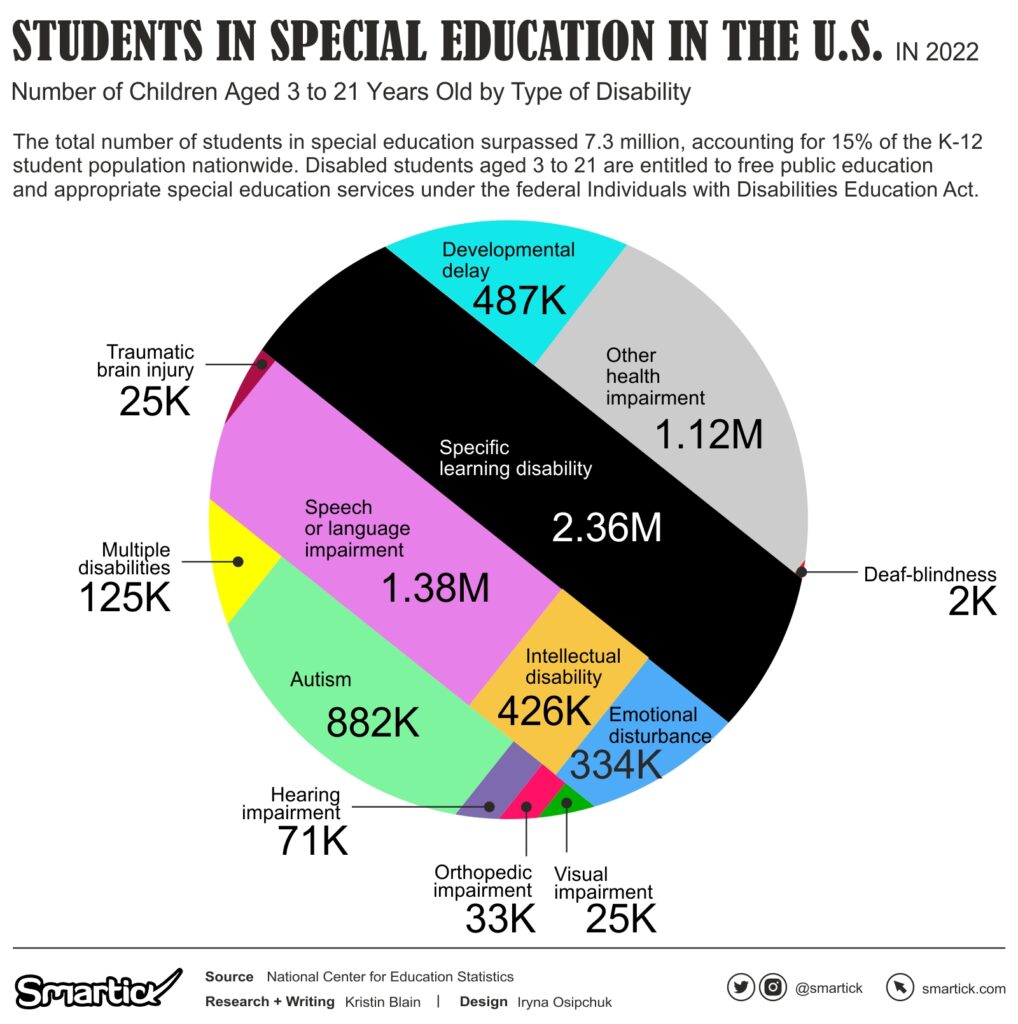
Overcoming Barriers to Inclusion
Despite progress and legal protections, several major barriers persist:
- Physical Environment: Many gyms, playgrounds, and equipment still aren’t fully accessible for students with mobility or sensory impairments. Narrow doorways, high benches, and inaccessible bathrooms can prevent participation.
- Attitudinal Barriers: Negative or low expectations from teachers, peers, or even parents can limit opportunities. Some educators mistakenly believe adaptations lower standards or take too much time.
- Curriculum and Resource Constraints: Rigid PE curricula and insufficient funding for adapted equipment or training restrict what teachers can offer.
- Lack of Trained Teachers: Many educators lack specialized training in adapted or inclusive PE, impacting the quality of instruction and student engagement.
Solutions include:
- Providing ongoing professional development in disability awareness, adapted techniques, and differentiated instruction.
- Advocating for facility upgrades and purchasing adaptive equipment like auditory balls, lighter bats, and adjustable hoops.
- Involving students, families, and staff in planning to create truly accessible and enjoyable programs.
- Updating curricula to be flexible, inclusive, and outcome-focused rather than only skill-based.
Educator Preparation and Career Opportunities
The demand for educators skilled in adapted and inclusive physical education is growing fast. Many universities and colleges now offer degree tracks and certifications specializing in adapted PE. These programs prepare teachers to use research-based strategies that foster active participation from all students while meeting legal compliance.
Key professional pathways include adapted physical education teacher, district PE coordinator, consultant for inclusive programming, and community recreation leader. These roles often come with enhanced responsibilities—and pay—and are central to school wellness initiatives and community fitness outreach.
Step-By-Step Guide to Inclusive Physical Education
1. Adapt Game Rules
Modify traditional games to allow multiple ways to participate. Allow walking instead of running, use fewer passes, or implement time extensions so all students can contribute.
2. Diversify Instructional Methods
Use a mix of verbal, visual, and hands-on explanations. Visual schedules, demonstration videos, and physical prompts help students understand and remember expectations.
3. Ensure Equipment & Spaces Are Accessible
Provide adaptive equipment (bells in balls, varied weights/sizes) and designate spaces that students can safely navigate. Wide entry points and tactile boundary markers are essential.
4. Cultivate Teamwork Through Thoughtful Grouping
Create mixed-ability teams purposefully to foster peer support. Rotate leadership roles so every student can develop confidence as captain, scorekeeper, or coach.
5. Amplify Student Voices
Regularly solicit feedback from students about what works and what doesn’t. Empower them to co-create activities and problem-solve adaptations.
6. Leverage Technology and Gamification
Incorporate fitness apps, step counters, and interactive games to motivate and track progress, especially for students who find traditional PE intimidating.

Inclusive Games For Mixed-Ability Groups
Relay Station Challenges:
Offer diverse physical tasks at each station, such as throwing, balancing, or signaling, so students with varying abilities can contribute uniquely. Wheelchair users can be key passers or timekeepers. Points can be awarded for teamwork or creativity rather than speed.
Seated Balloon Volleyball:
Played sitting down with a large balloon or beach ball. Catching and tossing replace fast volleys to accommodate different motor skills. Net height and court size can be adjusted.
Parachute Activities:
All students hold the parachute edges either standing or seated. Simple games like making waves or bouncing soft balls on the parachute are inclusive, fun, and socialize everyone at once.
Cooperative Adventure Circuits:
Set up stations with partner or group tasks focusing on shared objectives (like balancing or safe obstacle navigation) instead of competition. Groups earn collective rewards to encourage support and cooperation.
Collaboration With Stakeholders
The strongest inclusive PE programs integrate the voices of all involved: students, parents, teachers, administrators, and community partners. Research shows co-created policies and activities not only break down barriers faster but also build empathy, trust, and respect, resulting in better attendance, engagement, and sustained physical activity levels.
Managing ADHD in the Classroom: 5 Proven Strategies for Serbian Schools

